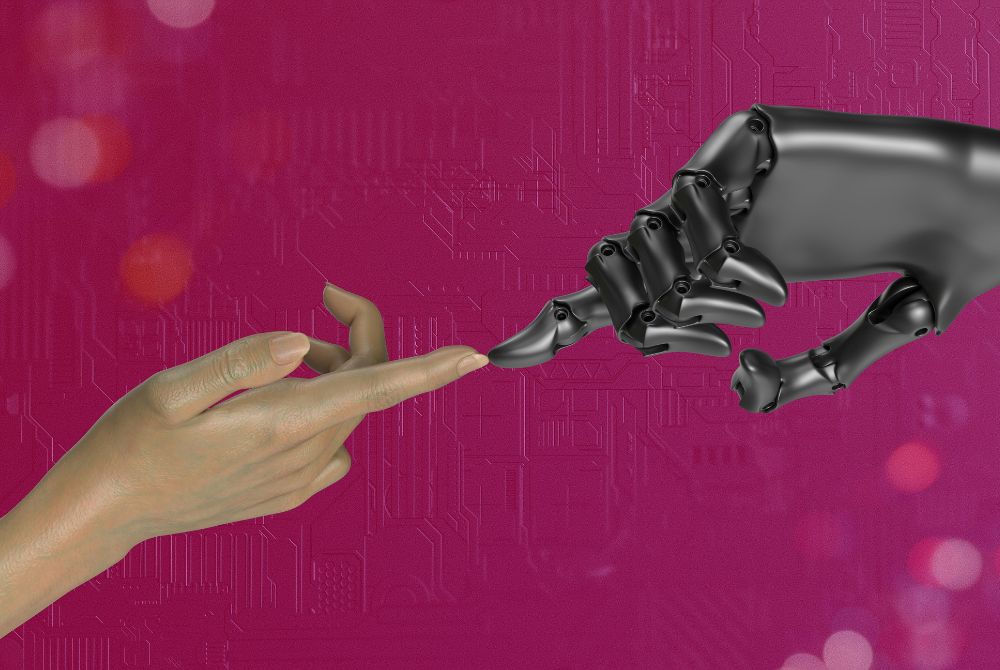
In the modern digital landscape, the advent of deepfake technology has ushered in a new era of challenges, particularly concerning identity theft and the integrity of digital media. These AI-driven manipulations, capable of creating highly convincing yet entirely fabricated audiovisual content, have far-reaching implications for personal privacy, security, and trust in the digital realm. As these tools become more accessible and their outputs more indistinguishable from genuine content, the question arises: how can society effectively combat the deepfake dangers without stifling technological progress or infringing on freedom of expression? The answer lies in exploring the intricate balance between innovation and ethical responsibility, a discussion that invites further exploration.
Understanding Deepfake Dangers
Deepfakes, often imperceptibly, leverage advanced artificial intelligence technologies to generate videos or images that convincingly manipulate appearances, posing unprecedented threats to both individuals and organizations. This sophisticated form of AI manipulation enables the creation of highly realistic forgeries, facilitating visual deception at an alarming scale. By manipulating voices, facial expressions, and actions, deepfakes blur the lines between reality and fabrication, making it increasingly difficult to discern genuine content from manipulated media. The rapid advancement of this technology amplifies its potential for misuse, raising significant concerns about the integrity of visual information. As the capability to create convincing deepfakes becomes more accessible, the challenge of safeguarding against such visual deception intensifies, underscoring the urgent need for effective detection and prevention mechanisms.
Identity Theft Risks
As the technology behind artificial intelligence continues to evolve, the risks associated with identity theft via deepfake manipulations present a growing concern for individuals and organizations alike. Deepfake technology, by fabricating convincingly realistic images or videos, offers cybercriminals a powerful tool for impersonating victims, leading to unauthorized access to financial accounts and sensitive information. The financial implications of such identity theft are profound, encompassing not only direct monetary losses but also long-term reputational damage that can be challenging to rectify. To combat these risks, the implementation of prevention techniques is critical. These include deploying advanced detection systems capable of identifying deepfake content, educating individuals on the nature of deepfake dangers, and promoting vigilance in verifying the authenticity of digital communications.

Societal Consequences
The emergence of deepfake technology has far-reaching implications for societal trust and the integrity of information. As deepfakes become more sophisticated, they erode public trust in media and digital communications, leading to a pervasive sense of skepticism and uncertainty. This undermining of trust is not limited to personal interactions but extends to institutions, affecting how citizens engage with news, government pronouncements, and even scientific facts. The potential for deepfakes to fuel misinformation campaigns and manipulate public opinion can result in social chaos, polarizing communities and destabilizing democratic processes. The ripple effects of such disruptions threaten not only the cohesion of societies but also the foundational principles upon which trust and mutual understanding are built, emphasizing the urgent need for a concerted response to mitigate these deepfake dangers and risks.
Legal Challenges
Navigating the legal landscape to address the proliferation of deepfakes presents significant challenges for lawmakers and regulators worldwide. The rapid advancement of this technology outpaces existing legal frameworks, creating a gap that malicious actors exploit. Regulatory implications are vast, ranging from privacy violations to copyright infringement, yet legislations vary significantly across jurisdictions. This inconsistency further complicates the global effort to combat deepfake dangers. Court precedents are scarce, given the novelty of the issue, which leaves a void in legal guidance. Without established precedents, it's difficult for victims of deepfake-related crimes to seek justice. Lawmakers are tasked with drafting laws that balance the need for innovation with protections against misuse, a complex undertaking that requires comprehensive understanding and foresight.
Ethical Concerns
Shifting focus to ethical concerns, it becomes evident that the creation and dissemination of deepfakes touch upon significant moral dilemmas. At the heart of these issues lie the media integrity and privacy implications inherent in the use of deepfake technology. The manipulation of digital content challenges the foundational trust in media as a reliable source of information, fostering an environment where truth becomes difficult to discern. This erosion of media integrity not only affects public perception but also undermines journalistic standards and ethics. Furthermore, deepfakes raise alarming privacy implications, as individuals' likenesses are used without consent, infringing on personal rights and autonomy. The unauthorized use of one's image or voice in potentially defamatory or damaging contexts highlights the ethical quagmire deepfakes present, necessitating a careful consideration of the balance between technological innovation and ethical responsibility.
Mitigation Strategies
As society grapples with the escalating deepfake dangers, developing effective mitigation strategies has become imperative for safeguarding digital identity and integrity. Key among these strategies are the deployment of advanced detection tools and the execution of comprehensive awareness campaigns. Detection tools utilize artificial intelligence to analyze videos and images for signs of manipulation, offering a technical solution to identify and flag deepfake content before it can cause harm. Simultaneously, awareness campaigns play a critical role in educating the public about the nature of deepfakes, how to spot them, and the risks they pose. By increasing digital literacy and promoting skepticism towards unverified media, individuals are better equipped to navigate the challenges presented by deepfake technology, reducing the likelihood of falling victim to its deceitful applications.
Frequently Asked Questions
How Do Deepfakes Specifically Affect Children and Teenagers, Who Are Increasingly Present on Social Media Platforms?
Deepfakes pose a unique risk to children and teenagers, who are prolific users of social media platforms. The ability of deepfakes to impersonate and manipulate can lead to severe consequences in this vulnerable demographic, including cyberbullying and identity theft. Enhancing digital literacy among young users and implementing effective parental control measures are critical steps in safeguarding them. Educating them on discerning real from manipulated content is essential in mitigating these risks.
What Are the Psychological Impacts on Victims of Deepfake Identity Theft, and What Support Systems Exist for Them?
The psychological impacts of deepfake identity theft on victims can be profound, leading to stress, anxiety, and a sense of violation. Building emotional resilience is crucial for recovery, yet it's a challenging journey. Support systems play a vital role, offering legal recourse and psychological assistance. These systems aim to restore victims' reputations and mental health, navigating the complex aftermath of such identity theft. Collaboration between legal, technological, and mental health professionals is essential.
How Do Deepfakes Interact With and Potentially Exacerbate Existing Biases and Discrimination Within Society?
Deepfakes possess the capacity to interact with and potentially exacerbate existing societal biases and discrimination. By generating content that can reinforce stereotypes or manipulate perceptions, deepfakes contribute to bias reinforcement and discrimination amplification. This technology enables the creation of misleading representations, potentially targeting marginalized groups and exacerbating social divisions. Consequently, deepfakes not only pose a technological challenge but also a societal one, requiring vigilant oversight and ethical considerations to mitigate their harmful impacts.
In What Ways Can Blockchain Technology Be Utilized to Authenticate Digital Content and Combat Deepfakes?
Blockchain technology can be a bulwark against the burgeoning threat of deepfakes by providing a robust means to authenticate digital content. Through the use of blockchain verification and cryptographic signatures, it ensures the integrity and origin of digital media, making unauthorized alterations easily detectable. This system offers a transparent and immutable ledger of digital content, significantly enhancing security measures and providing a potent tool to combat the manipulation of digital identities and content.
What Role Do International Relations Play in the Regulation and Enforcement Against Deepfake Technology, Given Its Global Reach and Implications?
International relations play a crucial role in regulating and enforcing measures against deepfake technology, primarily through the establishment of global treaties and the implementation of diplomatic strategies. These collaborative efforts are essential in setting universal standards and protocols to mitigate the risks associated with deepfakes, considering their widespread impact. Engaging in international dialogue and cooperation enables countries to collectively address the challenges posed by deepfakes, ensuring a coordinated and effective global response.


